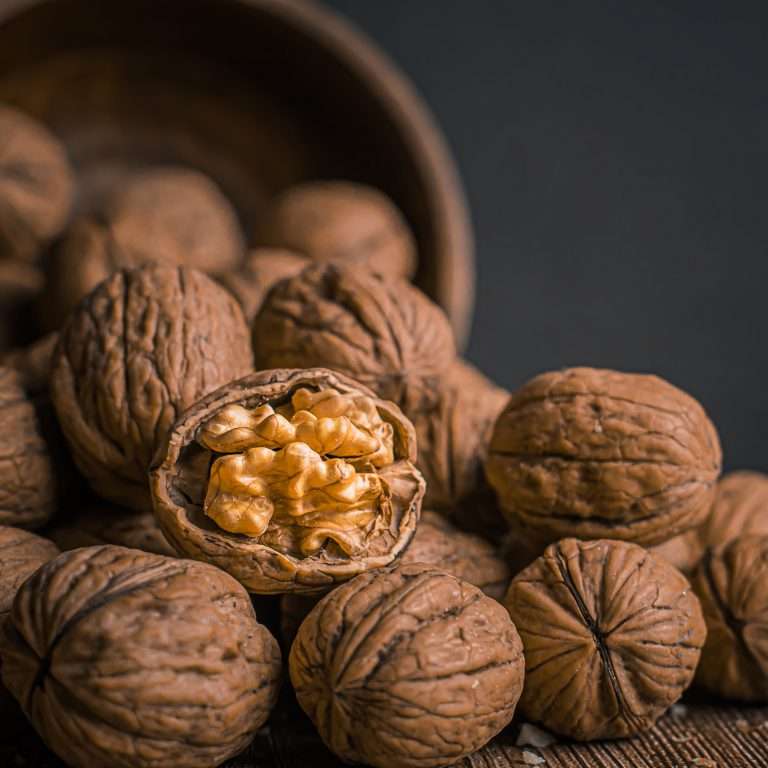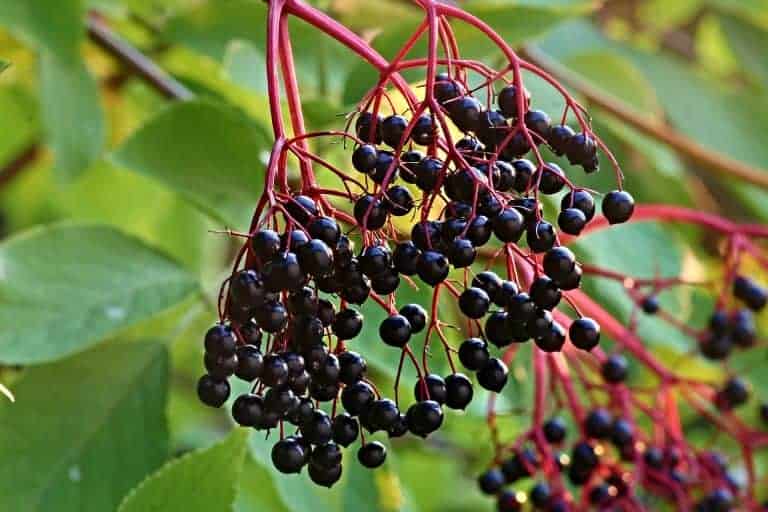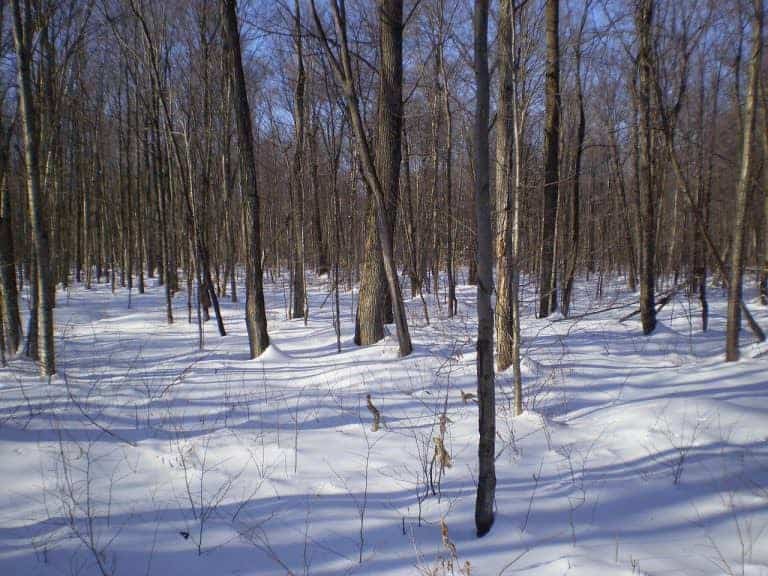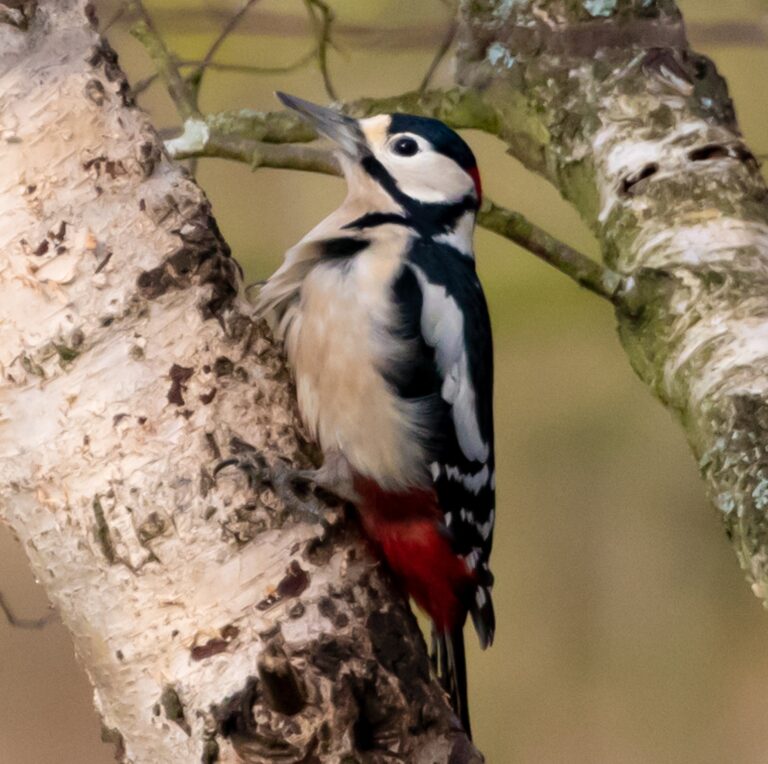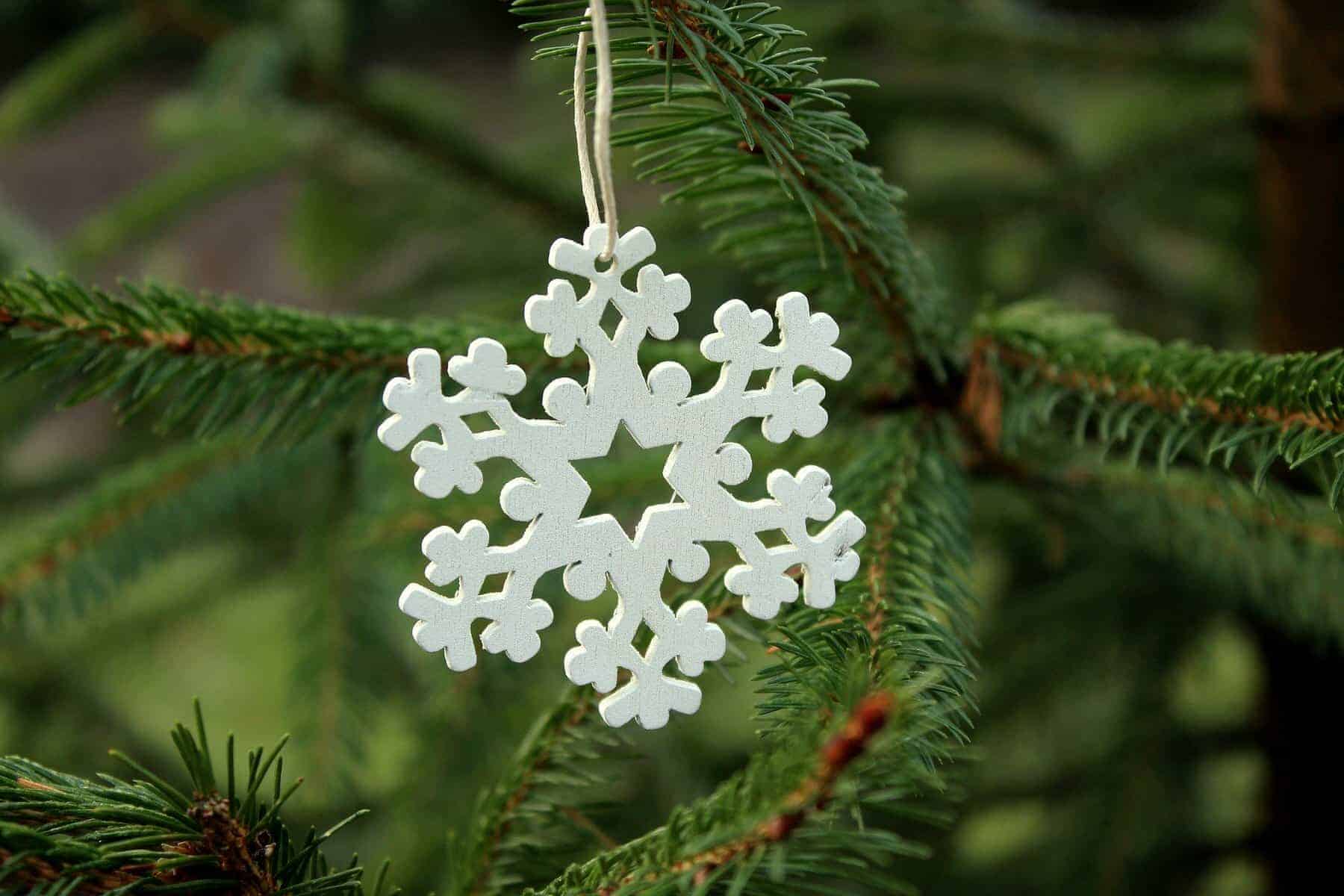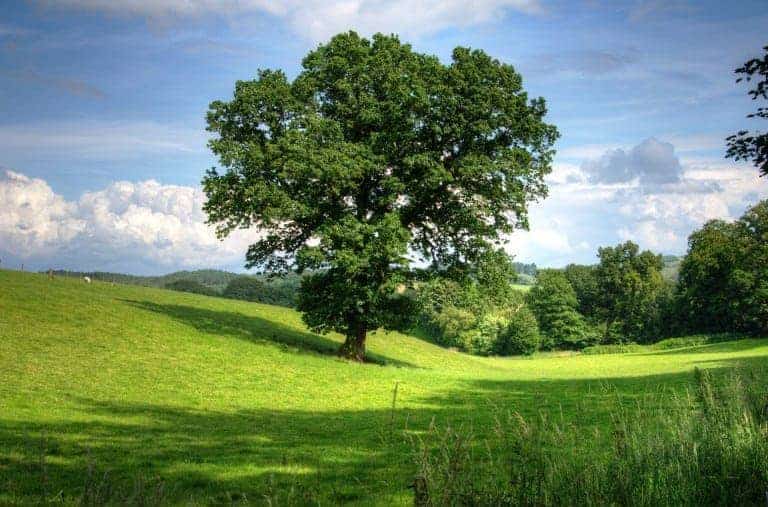Hazel (Corylus avellana)
The Hazel tree is a common sight across the UK. Favouring non-acidic moist soil it is usually found in parkland, hedgerows and woodland. Hazel thrives within woodland where it forms the understory.
This native deciduous tree is from the Betulaceae family, that includes six genus of deciduous nut bearing trees.
When left un-coppiced Hazel will live until 80 years old and grow to between 12-15 metres in height. However, when coppiced Hazel will thrive for several hundred years.
The bark of the Hazel is smooth with yellow pores. It is usually light brown in colour, becoming slightly darker with age, especially if left un-coppiced.

The leaves of the Hazel are a wide oval shape, almost circular, with a distinctive tip. The underside of the leaf has a covering of small downy hairs that are soft to the tough. Around the outside of the leaf is a slip toothed edge to the soft leaf giving a serrated appearance rather than a smooth border like many other tree types.
Hazel is monoecious, meaning that one tree has both male and female parts on the same tree. However the tree requires pollen from a different Hazel tree for pollination, and they rely on wind pollination for this.
The male catkins emerge from early February, ahead of the leaf cover. The yellow catkins hang in clusters towards the end of the branches, and further back are the delicate female flowers. The female flowers are far smaller than the catkins so not as immediately obvious, but on closer inspection you’ll see them with the distinctive red centre to the tiny flower.

Once pollinated, the female flower develops in to the tree’s fruit, which in this case is the Hazelnut. Each individual nut has a green leaf like covering, called a husk or involucre.
The nuts can be seen from late summer and ripen in to Autumn. They start to fall from September as they start to darken a little developing a woody brown shell.
Hazel nuts are edible and a great forgeable item as they are easy to identify and packed with nutrients. These nuts are found to be high in good fats, protein, Vitamins B1, B2 & Vitamin E, so a great addition to many recipes or a tasty snack, especially roasted.
Remember to forage responsibly and only eat what you are 100% sure is safe, and is you are unsure, just don’t risk it. Hazelnuts are also a valuable food source for many species of wildlife so be sure to leave plenty for them as well as the next generation of tree too.

Hazel provides valuable habitats for a variety of species of wildlife, from insects to small mammals, there are multiple benefits gained from this tree. A wide variety of moth caterpillars rely heavily on the Hazel for survival, eating the leaves and making the tree “home.”
Within the coppiced rotation there are years of extra light to the woodland floor, this leads to a greater variety of woodland flora which in turn support a greater range of insect life, especially butterflies who thrive because of the Hazel and it’s coppicing.
The hazelnuts provide food dense in nutrition enabling many small woodlands creatures to thrive. Dormice, squirrels, voles and shrews eat the nuts in autumn to give them extra energy and fat stores to see them in to the colder months. Many small mammals are well known for collecting and storing more than they need to get them through the leaner months too.

Some species also eat the hazelnuts too. Nuthatches, woodpeckers, jays and wood pigeons are able to get through the woody outer shell and access the nut.
Many of these species also rely on the dense leaf coverage the Hazel tree provides. As well as providing nesting sites, this leaf coverage allows small mammals and birds to hide from predators.
Timber from Hazel when coppiced was traditionally used for fencing hurdles, walking sticks, baskets, furniture and thatching spars, many of these products are still used today due to Hazel’s versatility and longevity. Once coppiced, the growth rate is rapid, so provides a sustainable source of Hazel materials.
The Hazel tree currently has no known disease or pest, and thrives well within the UK climate. Coppicing helps the longevity of the tree, with the only threat to new growth being the grazing of hungry deer who like to eat the new growth. Just another way in which the tree helps to support wildlife, but not ideal if you are trying to grow coppiced wood for products I’m sure.
Looking back through history Hazel was once deemed to be a magical tree. It was thought that it helped to ward off evil spirits and bring luck in finding fresh water sources too. In Medieval times the tree was deemed to boost fertility, brining luck and growth for crops in the coming year as well as boosting fertility within the community too.
Historians have also stated that hazel nuts were warn as charms, thought to bring luck but to also ward off symptoms of rheumatism.
The humble Hazel tree, often overlooked as it is such a common sight, but one that provides so much for us and wildlife species. A tree to be treasured, admired and care for. Enjoy its forgeable nuts, but forage responsibly, and forage safely, always.


